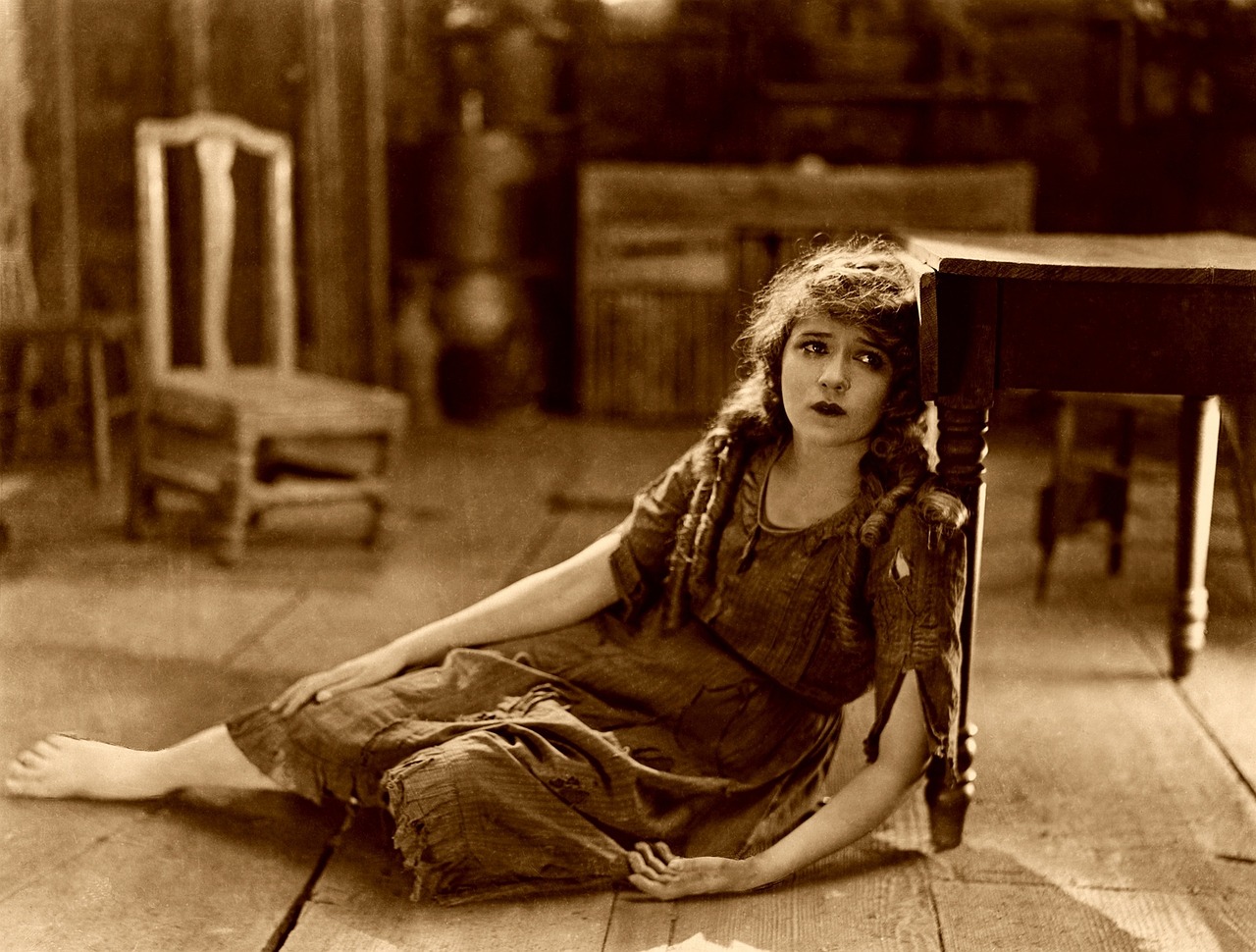
The Power of Genuine Laughter
Everyone has laughed so hard that tears rolled down their face at least once. That kind of laughter is more than just a funny moment—it’s a natural medicine for the body and mind. Researchers have found that deep, uncontrollable laughter releases a flood of feel-good chemicals that improve mood, reduce stress, and even ease physical pain. Unlike a polite chuckle, a full belly laugh engages the lungs, diaphragm, and heart, creating a workout that boosts energy and circulation.
Stress Relief That Actually Works
Life can feel overwhelming, but laughter cuts through tension in an instant. When you laugh until you cry, stress hormones like cortisol drop, while endorphins rise. This natural shift makes you feel lighter and more at ease. Instead of holding onto frustration, laughter acts like a reset button for your nervous system. That’s why watching a comedy or swapping funny stories with friends often leaves you calmer, even when nothing about your situation has changed.
A Natural Painkiller
Believe it or not, laughter has been shown to reduce pain. The endorphins released during hard laughter act as the body’s own painkillers. In fact, studies suggest that people can tolerate discomfort better after a good laugh. The physical release that comes from laughing until you cry loosens tight muscles, lowers blood pressure, and promotes relaxation throughout the body. It may not replace medicine, but it can certainly make tough moments easier to handle.
Strengthening Social Bonds
One of the most powerful benefits of laughter is its ability to connect people. When you share uncontrollable laughter with someone, the bond strengthens instantly. Tears of joy break down barriers, creating intimacy and trust. Friendships built on humor often last longer because laughter helps navigate conflict and stress. In families, laughter creates cherished memories, turning ordinary days into stories retold for years.
Boosting Mental Health
Laughter until tears isn’t just fun—it’s therapy. Mental health experts recognize humor as an effective tool for managing anxiety and depression. Laughing hard brings a sense of perspective, reminding you not to take everything so seriously. It interrupts cycles of negative thinking and replaces them with moments of joy. Over time, building laughter into your daily life can improve resilience and emotional balance.
Physical Health Benefits You Might Not Expect
The effects of laughter reach far beyond mood. Regular, hearty laughter can strengthen your immune system, making it easier to fight off illness. The deep breathing involved improves oxygen flow, which benefits the heart and brain. Some studies even suggest that frequent laughter may protect against heart disease by improving blood vessel function. While it shouldn’t replace a healthy lifestyle, laughing until you cry adds an extra layer of protection to overall well-being.
Ways to Laugh More Often
Finding more laughter in your day doesn’t have to be complicated. Watch a comedy special, read a funny book, or follow humor accounts that genuinely make you laugh. Spend time with people who have a natural sense of humor. Play silly games with your kids or grandkids. The more opportunities you create for laughter, the more likely those tear-inducing giggles will come. And when they do, let them flow freely—your body and mind will thank you.
Final Thoughts
Laughing until you cry is more than a fleeting moment of fun. It’s a medicine that lowers stress, reduces pain, strengthens relationships, and boosts both mental and physical health. The best part? It’s free, easy to access, and enjoyable. So the next time something makes you laugh so hard you can’t stop, don’t hold back. Those tears of laughter are proof that your body is healing in the most joyful way possible.
Lisa Crow contributed to this article. She is a true crime junkie and lifestyle blogger based in Waco, Texas. Lisa is the Head of Content at Gigi’s Ramblings and Southern Bred True Crime Junkie. She spends her free time traveling when she can and making memories with her large family which consists of six children and fifteen grandchildren.










